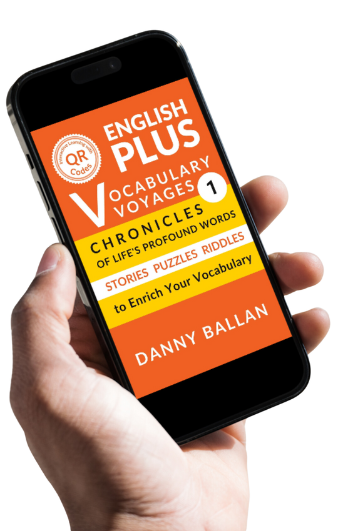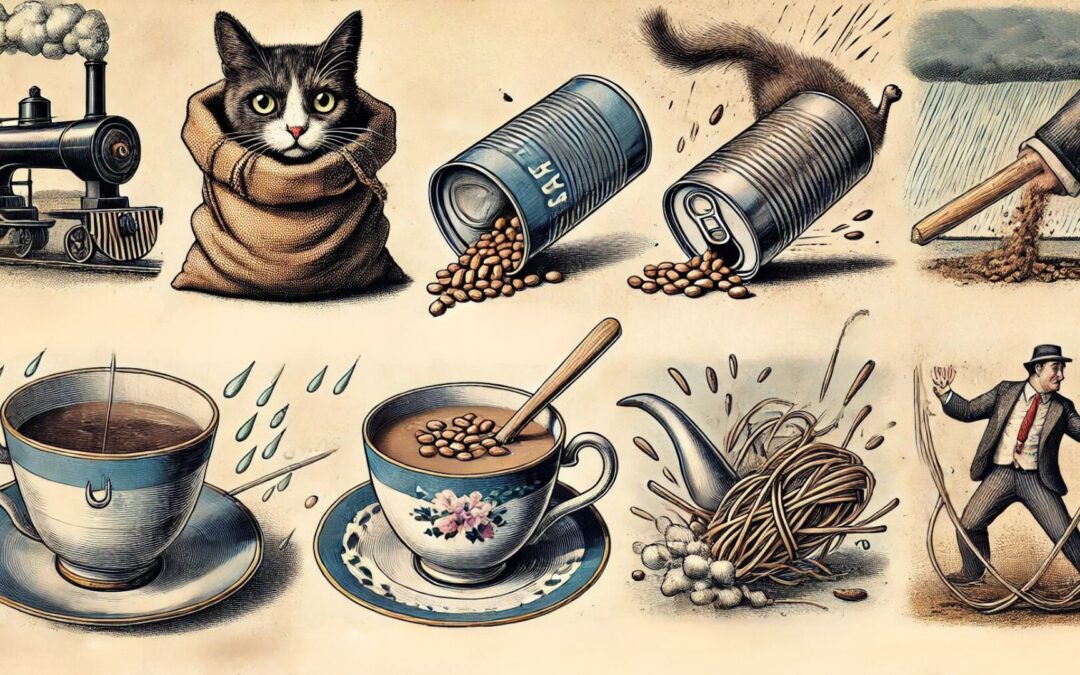Introduction
What are cartoons and comics? Do You want to learn more about how they became popular? Join me in this episode where I will talk about the history of cartoons and comics in a new Do You Know episode from English Plus Podcast.
Audio Podcast
What Are Cartoons and Comics?
Do comic strips in the newspaper make you laugh? Perhaps you prefer colorful comic books about the adventures of superheroes? Or maybe you like cartoons on television or animated movies? Whatever your choice, chances are you enjoy some form of cartoons and comics.
WHAT ARE CARTOONS?
The word cartoon once meant something entirely different than it does today. It was used to describe a sketch made by an artist to prepare for a painting or other work. In the 1840s, the English magazine Punch published cartoons that made fun of artwork planned for public buildings in London. Since then, “cartoon” has generally meant a drawing intended to be funny or to make a point.
Many newspapers and magazines have editorial cartoons, which express an opinion. Such cartoons often use caricatures, or exaggerations of a person’s features, to make fun of figures like politicians. Gag cartoons tell a joke. Editorial and gag cartoons usually have a single panel, a box with a border around it. They may include words, but sometimes they show only a drawing.
CARTOONS THAT MOVE
Cartoons that are animated, or appear to move, have been around for centuries. The first ones were called flipbooks. They were made of pages of drawings. Each drawing was slightly different from the last. People flipped the pages with their thumb. The characters appeared to move.
Early animated movies were like flipbooks. They were costly and difficult to make. Each picture had to be drawn separately by hand. A seven-minute cartoon used over 10,000 drawings! Eventually, new methods were invented that made cartoons easier and cheaper to make. Today, animated cartoons are a big part of television. Have you ever watched Scooby Doo, The Simpsons, or SpongeBob SquarePants?
WHAT ARE COMICS?
Comics, or comic strips, are cartoons with several panels that tell a story. You can find comic strips in the funny papers, a section of the daily newspaper. In some comics, each daily strip tells its own story. In others, each strip is part of a continuing story. Popular comic-strip characters include Charlie Brown, his dog Snoopy, and their friends in Peanuts, and the fussy cat in Garfield.
The first comic strips appeared in American newspapers in the 1890s. One of the earliest was Hogan’s Alley, by Richard Outcault. It featured a bald boy in a yellow nightshirt called the Yellow Kid. By the early 1900s, comic strips were a part of most American newspapers.
COMIC BOOKS
The first comic books were just collections of newspaper comic strips. Comic books with original material began to appear in the 1930s. They could tell longer and more detailed stories than newspaper strips. Comic books became widely popular beginning in 1938 with the first appearance of the superhero character Superman.
New superheroes soon appeared in other comic books, including the Flash, Wonder Woman, and Captain Marvel. Comic books in the 1960s introduced a whole new set of superheroes, such as X-Men, Spider-Man, and the Fantastic Four. These newer superheroes all had special powers, but they had problems in life like everyone else.
TAKING COMICS SERIOUSLY
For many years, many people looked down on comics as silly stories and a waste of time. This attitude changed. In the 1980s and 1990s, comics began attracting lots of collectors and even scholars who studied them. Comic collectors hold big conferences in the United States and Canada to buy, sell, and trade comics. Today, some comic books, called graphic novels, are considered serious literature. In 1992, the graphic novel Maus, by Art Spiegelman, won a prestigious award called the Pulitzer Prize.












0 Comments